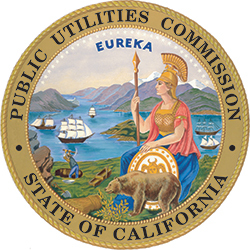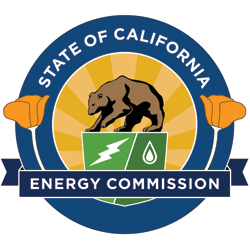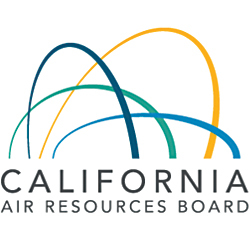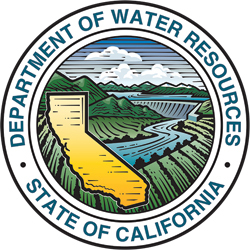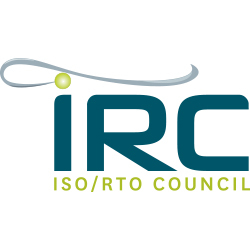Who we work with
Though we are not a state agency, we coordinate with them to implement state policy, conduct research and studies, support a transparent and equitable wholesale electricity market, and foster innovation.
Other Participation
We participate in organizations that promote topics from strategic and technical issues, safety, the reliability and the sustainability of power systems, and green innovation.
